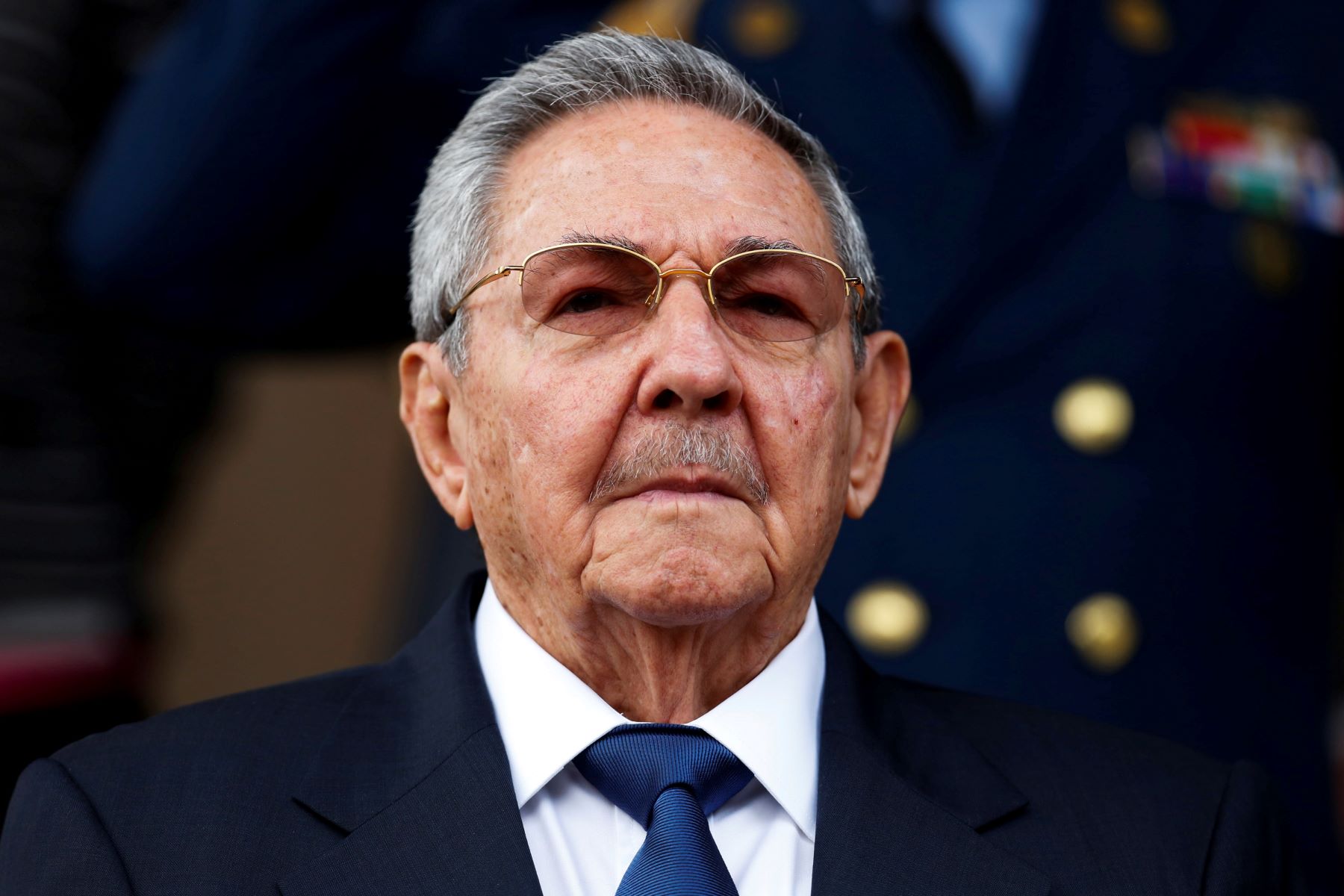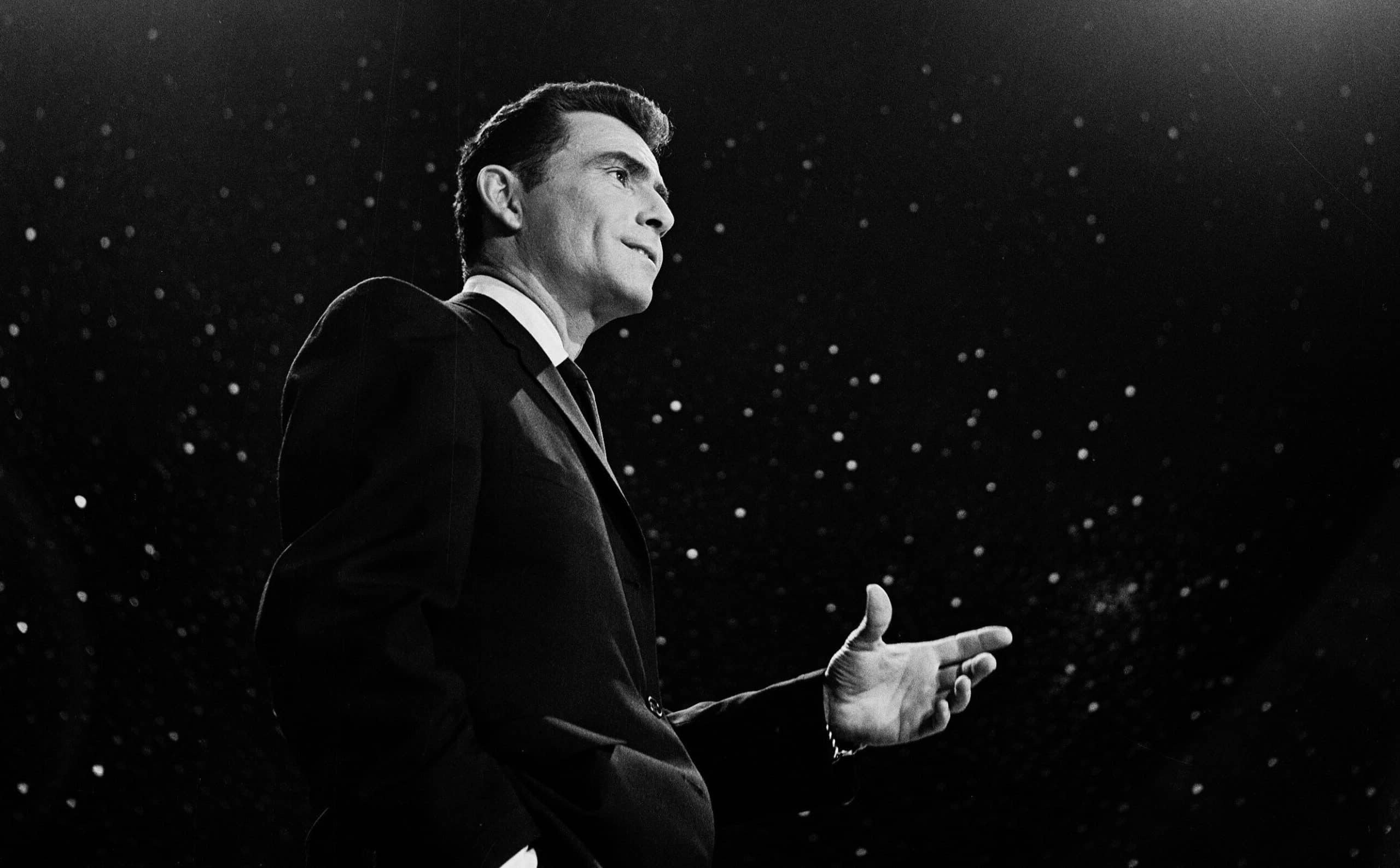
Raul Castro, the former president of Cuba, is a prominent figure in world politics. Throughout his tenure, he made significant contributions and left an indelible mark on the history of Cuba. While many may be familiar with his last name and his close ties to his iconic brother, Fidel Castro, there are many surprising and fascinating facts about Raul Castro that often go unnoticed. From his early revolutionary days to his role in shaping Cuba’s future, Raul Castro’s journey is filled with intriguing twists and turns. In this article, we will explore 12 astounding facts about Raul Castro that shed light on his life, achievements, and the influence he wielded during his time in power.
Key Takeaways:
- Raul Castro, the younger brother of Fidel Castro, was the President of Cuba from 2008 to 2018, making significant political and economic changes during his tenure.
- Raul Castro implemented economic and educational reforms, met with world leaders, and oversaw the restoration of diplomatic relations with the United States, marking a new era in Cuban politics.
Raul Castro was the President of Cuba from 2008 to 2018.
Raul Castro, the younger brother of Fidel Castro, succeeded his brother as the President of Cuba in He held the position for a decade until 2018, making significant political and economic changes during his tenure.
Raul Castro played a crucial role in the Cuban Revolution.
As a trusted military leader, Raul Castro fought alongside his brother Fidel Castro during the Cuban Revolution. The revolution, which started in 1953 and culminated in 1959, overthrew the U.S.-backed dictator Fulgencio Batista and brought the Castro brothers to power.
Raul Castro implemented economic reforms in Cuba.
Recognizing the need for economic restructuring, Raul Castro introduced various reforms, including allowing private enterprise and encouraging foreign investment. These reforms aimed to boost the Cuban economy and improve the standard of living for its citizens.
Raul Castro met with several world leaders during his presidency.
During his time as the President of Cuba, Raul Castro held meetings with prominent world leaders, including Barack Obama, Pope Francis, and Vladimir Putin. These meetings played a crucial role in shaping Cuba’s diplomatic relations with other nations.
Raul Castro stepped down as President but retained political influence.
Although Raul Castro stepped down as the President of Cuba in 2018, he remained an influential figure in Cuban politics. He continued to hold leadership positions within the Communist Party of Cuba, ensuring his continued influence over the country’s affairs.
Raul Castro implemented educational reforms in Cuba.
Recognizing the importance of education, Raul Castro implemented reforms aimed at improving the education system in Cuba. These included increasing access to education, expanding vocational training programs, and investing in educational infrastructure.
Raul Castro oversaw the restoration of diplomatic relations with the United States.
In 2014, Raul Castro and then U.S. President Barack Obama announced the restoration of diplomatic relations between Cuba and the United States. This historic move marked a significant shift in the relationship between the two countries after decades of hostility.
Raul Castro championed socialist ideals.
Throughout his political career, Raul Castro remained committed to the principles of socialism and the ideals of the Cuban Revolution. He continued to advocate for equality, social justice, and the preservation of Cuba’s revolutionary legacy.
Raul Castro’s leadership saw an improvement in Cuba’s healthcare system.
Under Raul Castro’s leadership, Cuba’s healthcare system witnessed significant advancements. The country became known for its high-quality medical professionals and its provision of medical aid to other nations in times of crises.
Raul Castro promoted sustainable development and environmental conservation.
Recognizing the need to protect Cuba’s natural resources, Raul Castro prioritized sustainable development and environmental conservation. He implemented policies to preserve the country’s biodiversity and promote eco-friendly practices.
Raul Castro faced criticism for limiting political freedoms.
While Raul Castro brought about economic and social reforms, his government faced criticism for stifling political freedoms and limiting free speech in Cuba. Critics argued that political dissent was suppressed under his leadership.
Raul Castro’s transition of power marked a new era in Cuban politics.
When Raul Castro stepped down as the President, it marked a new era in Cuban politics. The transition of power to a new generation of leaders signaled the potential for further changes and a shift in the country’s political landscape.
Conclusion
Through exploring these 12 astounding facts about Raul Castro, it is evident that he has played a significant role in shaping the history of Cuba. From his involvement in the Cuban Revolution to his years as the President of the Council of State and the Council of Ministers, Castro’s leadership and influence have left a lasting impact on the country.
Castro’s dedication to the principles of socialism, his support for international solidarity, and his commitment to promoting Cuba’s sovereignty have made him a prominent figure on the global stage. Despite the challenges and controversies surrounding his regime, Castro’s leadership has undeniably shaped Cuba’s political, social, and economic landscape.
As the era of Raul Castro comes to an end, it is important to reflect on the legacy he leaves behind. His impact will be studied and debated for years to come, leaving a lasting imprint on the history of Cuba and the world.
FAQs
1. What is Raul Castro known for?
Raul Castro is best known for his role in the Cuban Revolution and his leadership in Cuba. He served as the President of the Council of State and the Council of Ministers and played a crucial role in shaping the country’s political and economic policies.
2. How long was Raul Castro in power?
Raul Castro served as the President of Cuba from 2008 until 2018, succeeding his brother Fidel Castro. He also held various other positions of power within the Cuban government and the Communist Party of Cuba during his lifetime.
3. What is Raul Castro’s ideology?
Raul Castro is a staunch socialist and a member of the Cuban Communist Party. He has advocated for socialist principles and promoted policies that prioritize the welfare of the Cuban people and the country’s sovereignty.
4. How did Raul Castro impact Cuba’s relations with other countries?
Raul Castro has played a significant role in shaping Cuba’s relationships with other countries. He has been instrumental in promoting international solidarity and strengthening ties with nations that share similar ideological values, particularly within Latin America and the Caribbean.
5. What is Raul Castro’s legacy?
Raul Castro’s legacy is complex and subject to interpretation. While he is praised for his role in the Cuban Revolution and his efforts to maintain Cuba’s sovereignty, his government has faced criticism for its human rights record and restrictions on freedom of expression. Castro’s legacy will continue to be debated as Cuba moves forward into a new era.
Raúl Castro's astounding facts fascinate, but wait until you discover mind-blowing truths about his brother Fidel Castro. Dive into fun facts surrounding communism, the ideology championed by the Castro brothers. For a thrilling exploration of Cuba's history, check out surprising details from Che Part One, a movie depicting the Cuban Revolution.
Was this page helpful?
Our commitment to delivering trustworthy and engaging content is at the heart of what we do. Each fact on our site is contributed by real users like you, bringing a wealth of diverse insights and information. To ensure the highest standards of accuracy and reliability, our dedicated editors meticulously review each submission. This process guarantees that the facts we share are not only fascinating but also credible. Trust in our commitment to quality and authenticity as you explore and learn with us.


